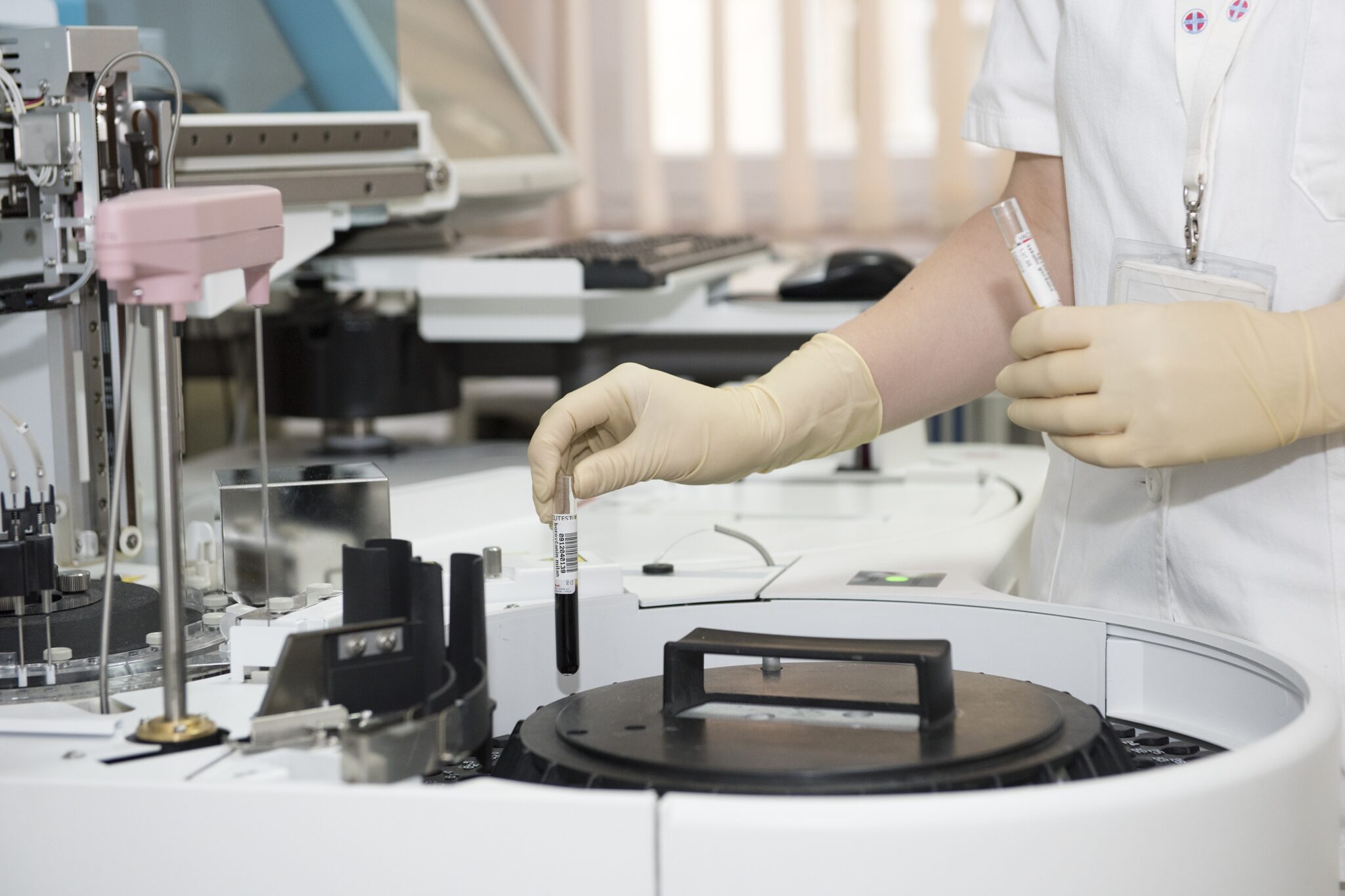By Alison Kelly, Lecturer in Physiotherapy, Division of Dietetics, Nutrition & Biological Sciences, Physiotherapy, Podiatry & Radiography, School of Health Sciences Queen Margaret University, Edinburgh, Scotland, UK
Socio-economic and geographical inequalities in cancer care mortality have been widely reported in the UK. As more and more people are living with a cancer diagnosis and the incidence of the disease is predicted to increase year after year, the National Health Service (NHS), the publicly funded healthcare system in the UK faces unprecedented demand. At the same time, resources and staff remain under increasing pressure. The need for healthcare innovation is driven by such pressures in which the adoption of technology in the delivery of services can significantly help reduce the pressures and challenges currently facing health and social care. Such adoption can also help to widen access to cancer services and further increase cancer survivorship. However, patients who reside far from cancer specialist centres must travel long distances to receive the most effective cancer care. Research in the UK has shown that the increased burden of travel from a patient’s home to critical healthcare facilities for treatment has been associated with negative impacts on cancer outcomes (Campbell et al., 2000). The impact that geographical location can have on people diagnosed with cancer from rural communities makes it crucial that equity in access to healthcare is a priority.
The NHS was founded on the principle that services would be available to everyone and free at the point of delivery; however, there remains a disparity where specialist cancer services are geographically located. Rural areas often have fewer primary and cancer specialist services, and fewer home and community-based service providers, compared to urban areas within the UK. Such inequitable delivery and commissioning of care in rural areas where patients live further distances from cancer services can be seen in times of cancer diagnosis and cancer-related outcomes. The focus on geographical inequalities is understandably a priority as there are also some regional variations in the delivery of cancer care and cancer incidence and survivorship rates which varies geographically. The type of cancer people are diagnosed with also depends on whether they live in an urban or rural community, with substantial variations in cancer types and incidence across the UK reported. Furthermore, the population in rural areas has a higher proportion of older people than in urban areas. Cancer incidence increases as we age, increasing the need to improve access to cancer-related services in rural areas.
Adding to the complex web of wider determinants and health inequalities within cancer care, research also shows that socio-economic deprivation is another fundamental determinant of inequalities in cancer outcomes, and plays its part in the variation between cancer incidence and mortality rates between rural and urban communities (Unger et al., 2021). Whilst people living in rural and remote areas within the UK face longer distances to travel to cancer specialist services, using mobile health technology, commonly referred to as m-Health, can help provide readily available access to such services through its use of applications. One such cancer service offered to many patients is prehabilitation.
Prehabilitation improves a patient’s physical reserve and psychological capacity before the commencement of treatment. It consists of nutritional advice, exercise and well-being support which can better enable patients, both functionally and psychologically, prior to treatment. As more people are diagnosed with cancer, we will naturally see a significant demand for such services. Furthermore, older patients with a cancer diagnosis are often affected by other comorbidities such as diabetes, cardiorespiratory diseases or obesity that can further impact their overall health, function and quality of life in which access to prehabilitation prior to their treatment should be a priority. However, capacity in NHS cancer services remains a significant challenge as demand for cancer surgery and its associated rehabilitation is increasing yearly, placing more pressure on an already stretched workforce. One answer to such challenges is the need to adopt technology-enabled models of care, such as m-Health applications, to increase patient access to much-needed services and help reduce workforce capacity whilst improving care. The use of technology in healthcare, such as the adoption of m-Health applications to deliver prehabilitation services, allows us to think differently about how we improve patient access to such services in rural communities and tackle and help workforce capacity issues.
Many areas of the NHS recommend and provide prehabilitation for patients awaiting cancer surgery. However, many of the existing prehabilitation programmes are face-to-face interventions and require patients to travel to hospital or community-based settings to access this service. Furthermore, many are limited to a particular hospital or even particular types of cancer, and there remains the problem of variation in the provision of prehabilitation services before cancer surgery. In addition, people from rural and remote areas can often have a later-stage cancer diagnosis due to, for example, long distances in accessing cancer screening services. Not having readily available access to prehabilitation services from the time of such diagnosis can potentially worsen further health inequalities. For example, people may find it harder to access prehabilitation because of travel time, geographical location or limited access to exercise facilities within rural areas. Home-based prehabilitation alternatives can be offered to patients; however, concerns exist around patient adherence without supervisory input and the absence of group peer support.
Furthermore, these predominately serve metropolitan and urban areas. Funding for accelerating and uptake of digital health technologies in delivering prehabilitation is primarily in metropolitan regions, where research shows patients have better access to cancer services, and when there is as much need for such digital innovation in rural communities where access to services is more limited. It is imperative within such research that studies are inclusive and represent those living in remote and rural communities who could benefit most from adopting m-Health applications in delivering prehabilitation services.
Access issues to cancer services are often experienced by those who live furthest away from cancer specialist centres and those with underlying chronic health conditions, who have the greatest need for healthcare and require regular hospital visits and appointments which can worsen cancer-related fatigue and add to their symptoms. Furthermore, research in the UK has shown a negative association between travel to hospitals and the uptake of cancer treatment (Jones et al., 2008). Rural health disparities in regions and communities across the UK are not a new issue but using technology such as m-Health applications can help overcome such health inequalities. With the ownership of smartphones continuing to rise, mHealth applications can play a significant role as a tool that can help to solve these disparities; however, the author appreciates that such a universal adoption is not without its socio-economic and geographical challenges. For example, average broadband speeds in rural and remote areas tend to be slower than in urban areas. This can further contribute to the geographical inequality of access to cancer services.
Despite its challenges, the use of m-Health technology can help to provide the answer to overcoming such geographical health inequalities. Potential advantages include improved access, flexibility and cost. The outreach advantage of using m-Health applications is that they can potentially engage a cohort of patients from more rural areas who otherwise would not have access to prehabilitation services. Using m-Health applications can help address geographical healthcare inequalities within prehabilitation services. Without a doubt, there is also the issue of and the need to address the digital divide that comes with using m-Health applications, however developing digital healthcare is one of the many steps to be taken to ensure that patients with a diagnosis of cancer can have equitable access to prehabilitation services prior to their treatment, regardless of geographical location.
References
Campbell, N. C., Elliott, A. M., Sharp, L., Ritchie, L. D., Cassidy, J., & Little, J. (2000). Rural factors and survival from cancer: Analysis of Scottish cancer registrations. British Journal of Cancer, 82(11), 1863–1866.
Jones, A. P., Haynes, R., Sauerzapf, V., Crawford, S. M., Zhao, H., & Forman, D. (2008). Travel Times to health care and survival from cancers in Northern England. European Journal of Cancer, 44(2), 269–274.
Unger, J. M., Moseley, A. B., Cheung, C. K., Osarogiagbon, R. U., Symington, B., Ramsey, S. D., & Hershman, D. L. (2021). Persistent disparity: Socioeconomic deprivation and cancer outcomes in patients treated in clinical trials. Journal of Clinical Oncology, 39(12), 1339–1348.
About the author:

Alison Kelly is a Chartered Physiotherapist specialising in Oncology & Haematology and a Lecturer in Physiotherapy at Queen Margaret University, Edinburgh. She is currently completing her PhD in Prehabilitation through m-Health applications in cancer care. | email | ORCiD |



